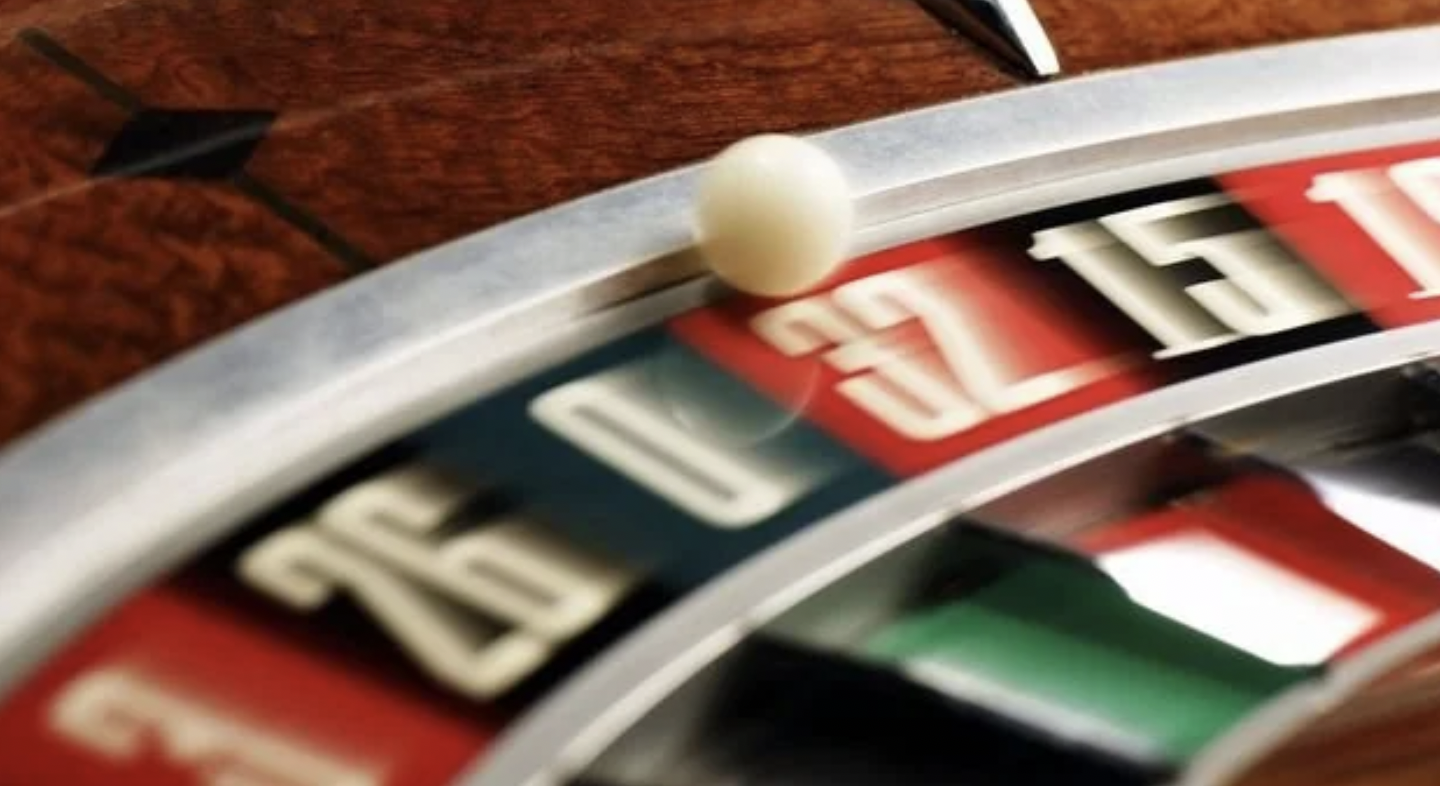Don’t fall for it.
The Monte Carlo Fallacy.
A recent Chief Technology Officer recently wrote publicly in the Financial Times that “State of the art language models predict a single step with less than 90% accuracy, leaving little hope for predicting a dozen in a row without error”.
Sad to say, he has fallen prey to a common thinking error surrounding probability.
“The common thinking error around probability is that there is a dependency in what has come before. This is an error in judgement.”
Humans look for patterns, it is our way of assigning structure - we assign destiny. Where true randomness is rejected as chaotic (actually chaos is defined more as a breakdown of order, whereas randomness is unpredictable from the start).
The case of Spotify’s Fisher-Yates shuffle - re-engineered from its’ original randomness to a ‘smoothly randomised arrangement of music’ is evidence in point.
Today, computers (AI) are predictable in that they will follow their instructions and provide the desired outcome - any degree of unpredictability or randomness is accounted for in the programming given to that computer. And some ‘unknown’ randomness is entirely necessary in privacy/security processes so encryption cannot be reverse engineered.
The common thinking error around probability, is that there is a dependency on what has come before. This error in judgement is called the Monte Carlo Fallacy - defined as where the probability of any particular outcome… is inversely dependent upon the previous outcomes’.
Named after the expectation in a casino that red will be followed by black, odds by even. It is not the case. In fact, physics (the angle of the toss, the speed of the roulette, has far more impact).
We must be careful to avoid this thinking trap and actively remove dependency in language programming if not necessary. We - humans - have our own cognitive bias, and the expectation of error is also present.
The hope that language models present, with human intelligence in the loop, is the best approach to the reduction of both error and bias.
Note: A version of this article, written by me, was published as a letter in the Financial Times - read it here.
